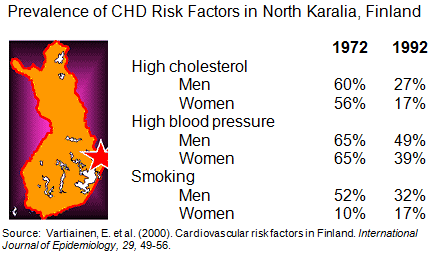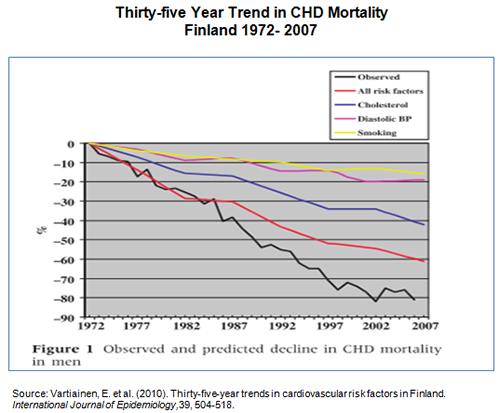Online Course
NRSG 780 - Health Promotion and Population Health
Module 3: Epidemiology
Experimental Epidemiology
There are three types of epidemiological studies:
- Descriptive epidemiology
- Analytical epidemiology
- Experimental epidemiology
Experimental epidemiology - describes clinical and community trials.
Clinical Trials
Examples:
- VA Cooperative Studies on Antihypertensive Agents
- Hypertension Detection and Follow-up Program
- Multiple Risk Factor Intervention Trial (MRFIT)
- Drug Trials
- Hormone Replacement Therapy (HRT) trials
Randomized Controlled Clinical Trials (RCTs) are the gold standard in epidemiology. Evidence gained from these studies is the forefront for new therapies and risk factor assessments. One example of a (RCT) is the Hormonal Replacement Therapy After Breast Cancer (HABITS) investigation.
Before the trial was to have reached its end, the profound increase in repeat breast cancer in the group that was receiving HRT as compared to the group that was not led the investigators to stop the trial, citing HRT after breast cancer as an unacceptable risk for women.
Community Trials
Community trials focus on whether evidence from clinical trials can be successfully applied in community settings.
The North Karalia trial on the community control of cardiovascular diseases is an outstanding example of such a trial.
North Karalia was the province in Finland that had the highest cardiovascular disease mortality in the world, despite having a socialized medical system. In the early 1970’s, citizens petitioned the government requesting that an urgent intervention be initiated to address the problem.
The government agreed, and began an aggressive strategy aimed at reducing high cholesterol, high blood pressure and smoking. After 20 years of intervention that included dietary strategies aimed at reducing the fat in the diet, high blood pressure control and smoking cessation, the prevalence of risk factors in the population dropped dramatically, over 30% for high cholesterol, 15% for hypertension, and 20% for smoking in men. However, smoking rates in women increased.

Most importantly, mortality changes dropped dramatically as a result of the reduction in risk factors

After several years of implementation, the program expanded throughout all of Finland. Now Finland’s longevity is higher than the U.S. and among the best in the world.

Question:
Given the information from descriptive, analytical and experimental epidemiological studies, how do we interpret causal relationships?
This website is maintained by the University of Maryland School of Nursing (UMSON) Office of Learning Technologies. The UMSON logo and all other contents of this website are the sole property of UMSON and may not be used for any purpose without prior written consent. Links to other websites do not constitute or imply an endorsement of those sites, their content, or their products and services. Please send comments, corrections, and link improvements to nrsonline@umaryland.edu.